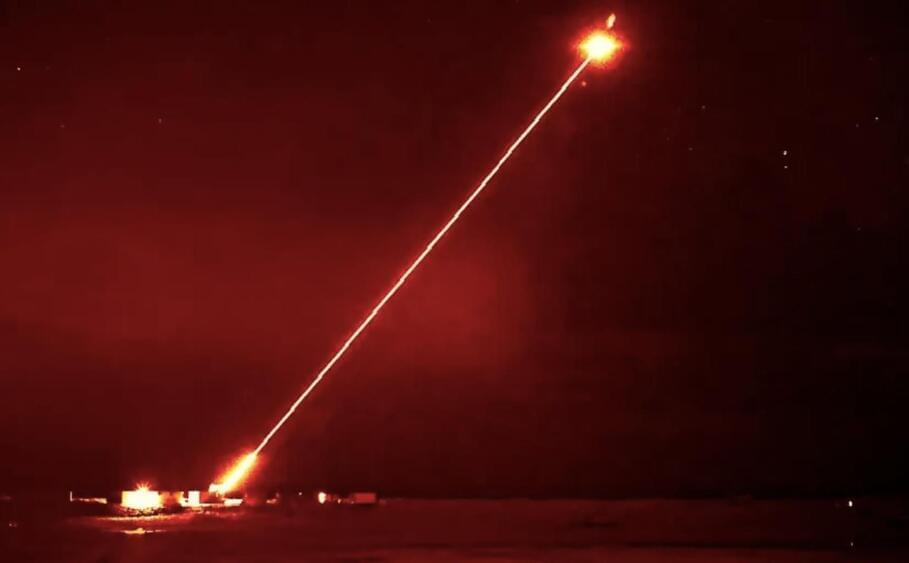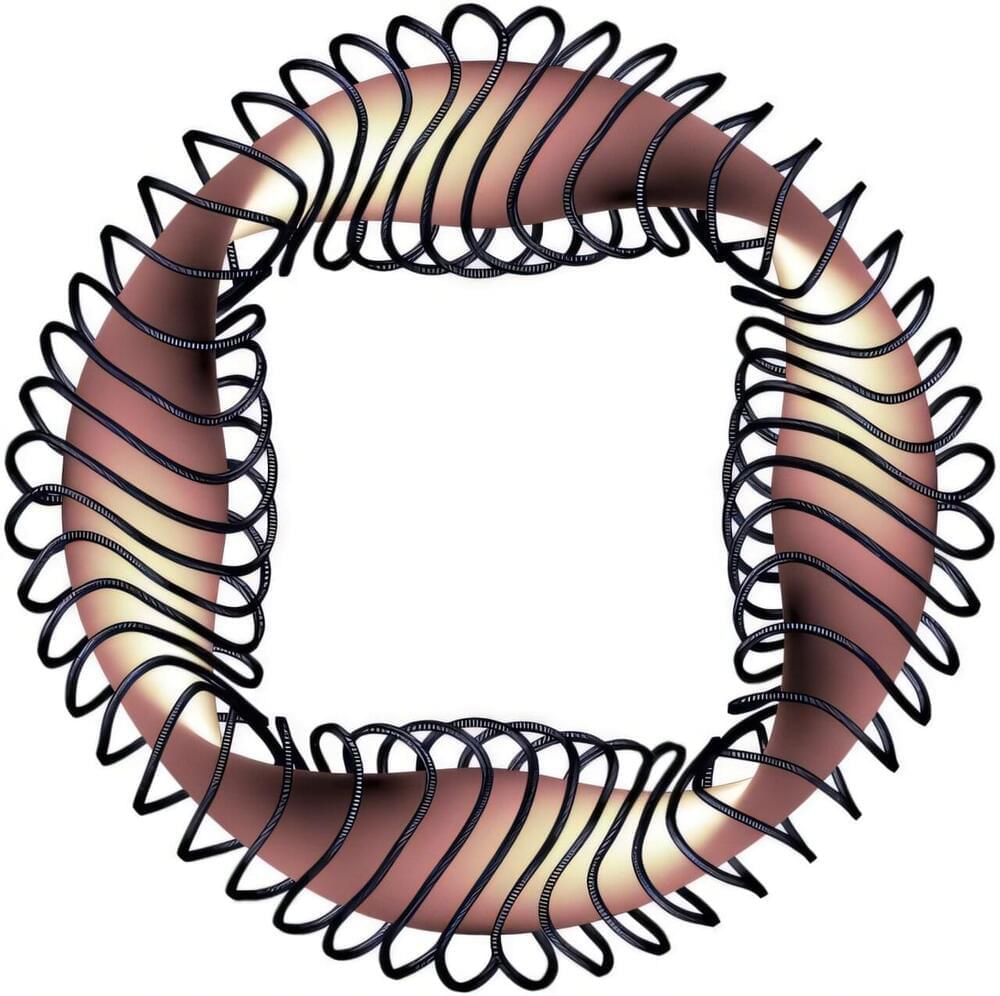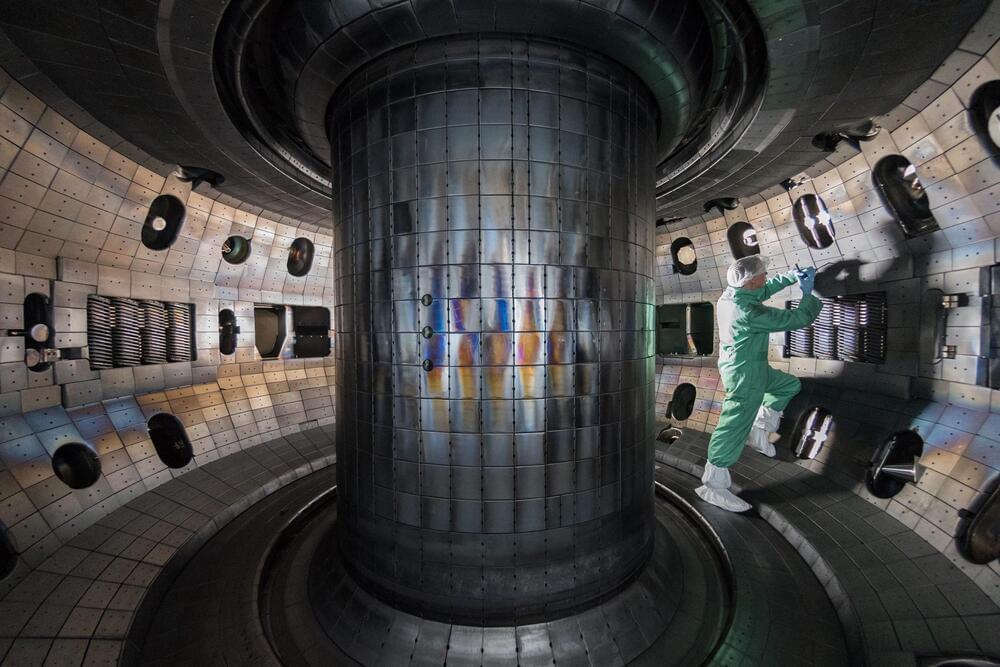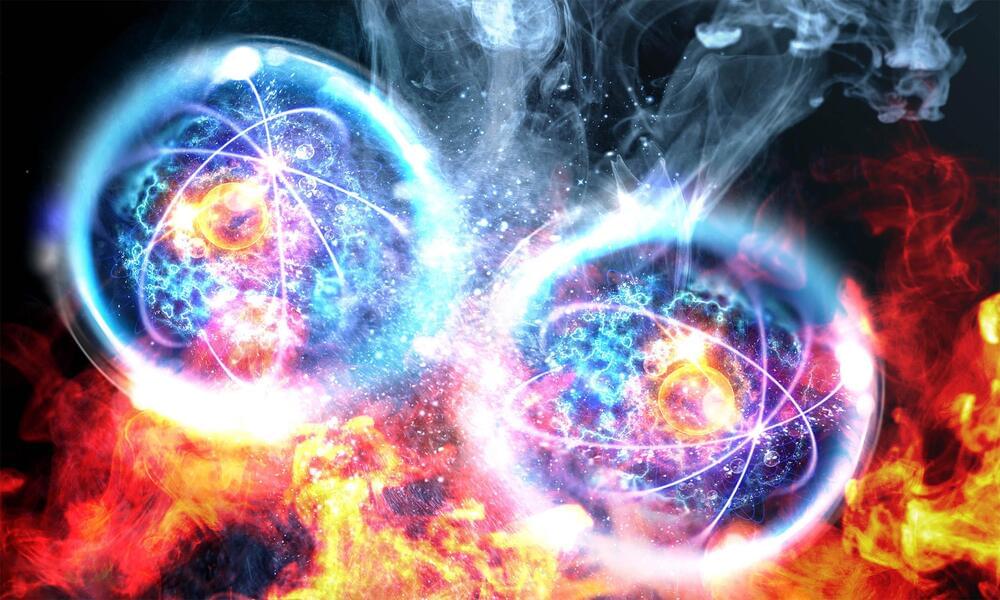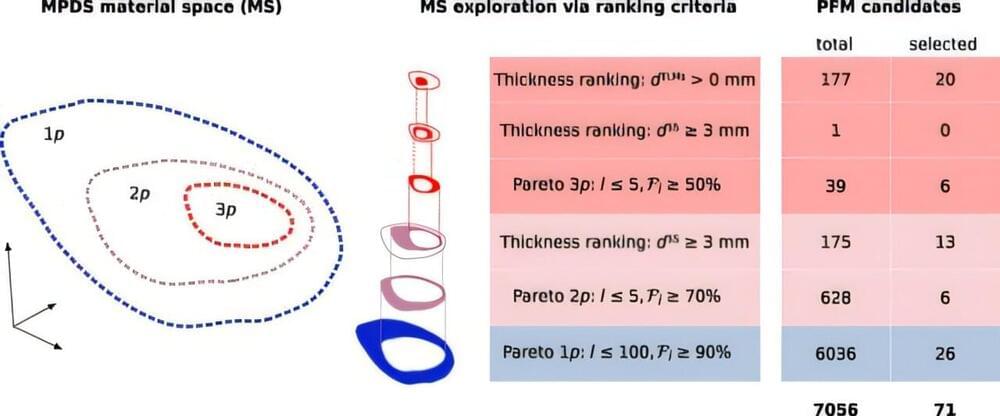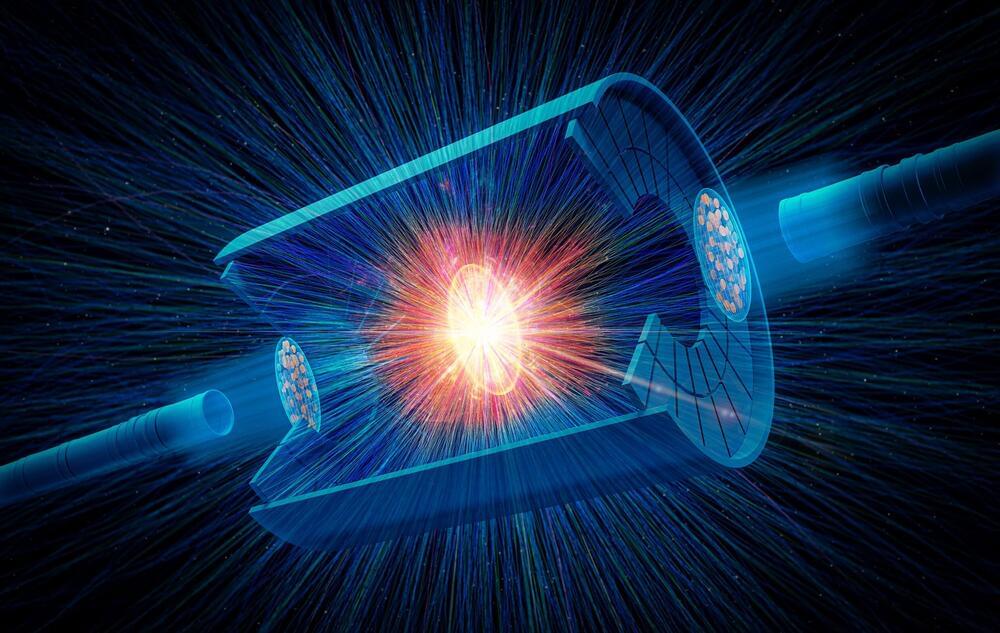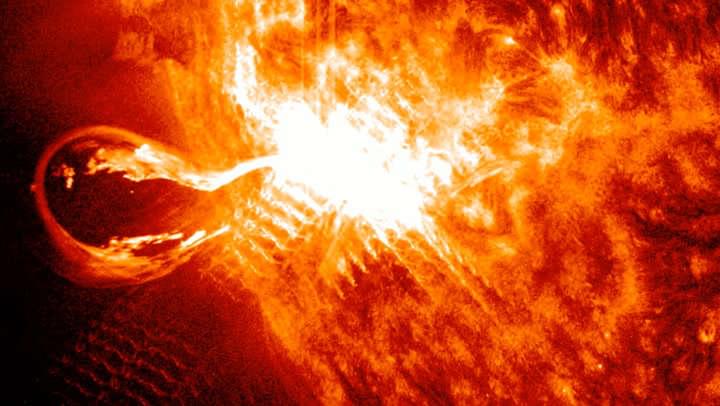CIEMAT scientists advance fusion energy for efficient reactors.
For decades, scientists have been working to develop reactors that can achieve fusion to meet the increasing need for clean and limitless energy.
The success of such experiments depends on multiple key factors, including optimized magnetic fields that could display enhanced fusion plasma confinement.
Introduced by researchers at Laboratorio Nacional de Fusión–CIEMAT, the new family of magnetic fields is claimed to be better suited for confining particles in fusion devices.
